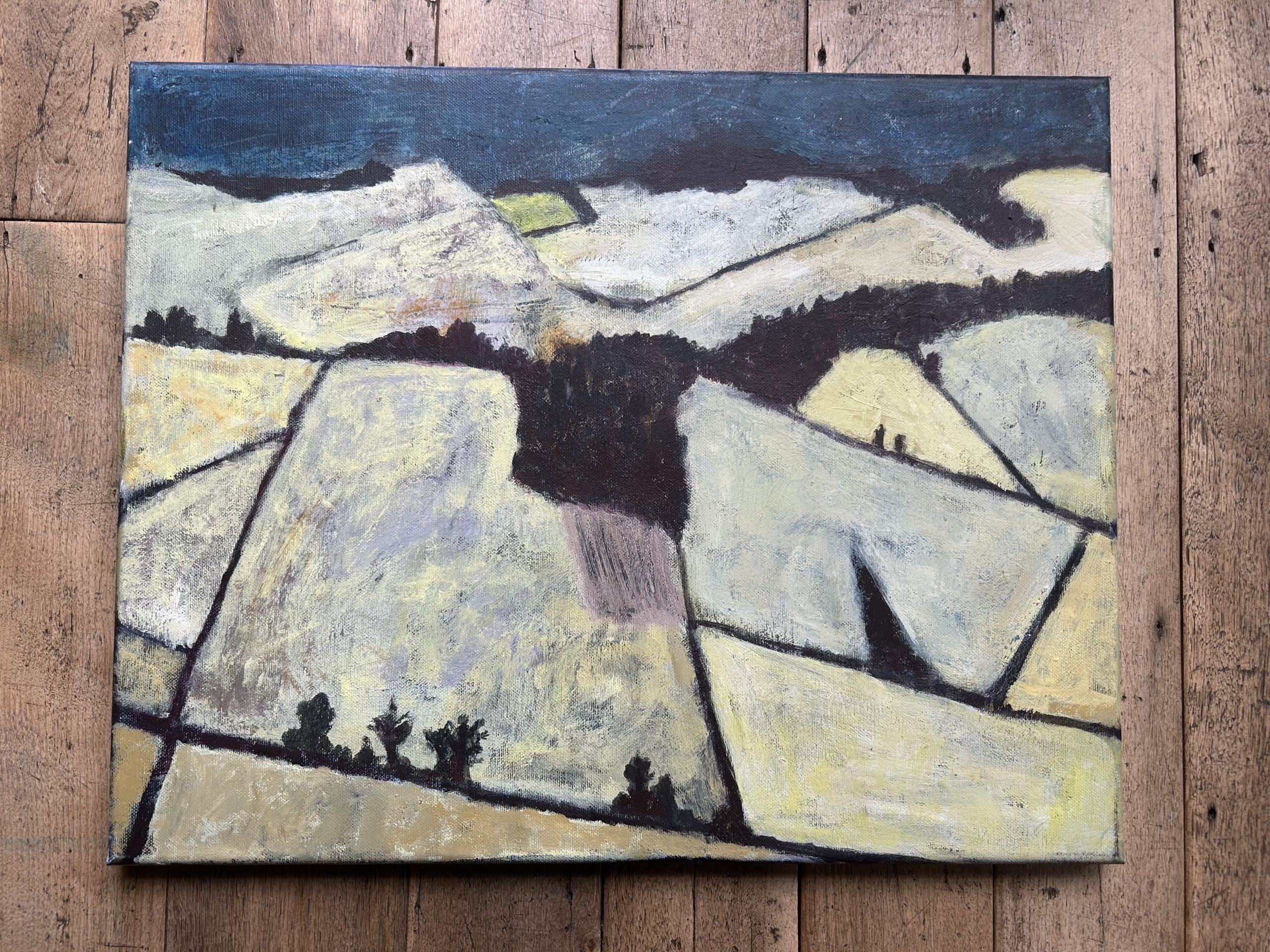These days, many people treat their pets as part of the family, even taking them on holiday and out to pubs and restaurants. Commissioning a portrait of a favourite pet and proudly displaying it in a made to measure picture frame is a popular way to pay tribute to a faithful furry friend.
However, even the most smitten of pet owners would baulk at paying £2 million for a portrait of their dog. This is the price that a George Stubbs painting of a Spanish pointer dog is expected to fetch when it is auctioned at Sotherby’s, The Guardian reports. The portrait is thought to have been painted between 1766 and 1768, early in the artist’s career.
Who was George Stubbs?
Stubbs (1724- 1806) was born in Liverpool, and worked briefly as a human portrait painter before deciding to specialise in animals. He was fascinated by science as well as art, and studied the anatomy of animals in forensic detail, often working from direct observations of cadavars and dissections of equines.
This enabled Stubbs to produce animal portraits that were highly convincing and anatomically correct, unlike the more stylised representations of the past. His paintings were also infused with his natural artistic flair, capturing the spirit and vitality of the animal as well as their musculature and movement.
From horses to dogs
His most famous works are of horses, particularly “Whistlejacket” (1762), a lifesized portrait of a rearing racehorse, which is displayed at the National Gallery in London. However, Stubbs also painted dogs, particularly field dogs such as pointers, who were kept as both pets and working animals by the upper classes for use during shooting parties.
The dogs would be trained to retrieve the bird or animal carcasses and carry them back to their owner. The ‘Spanish pointer’ portrait is thought to be one of the earliest dog paintings produced by Stubbs. It is believed that it first fetched a modest £11 (roughly the equivalent of £1,000 in today’s money) when it was first auctioned in 1802.
The painting was last auctioned at Sotheby’s in 1972, when it was sold to a private collector, achieving £32,000.
Julian Gascoigne, a senior director and British paintings specialist at Sotheby’s, said: “It’s exciting for a number of reasons, firstly because it’s a painting that has been lost, if that’s not too dramatic a word, since the 1970s.” He added that the painting’s condition was still “fantastic” unlike a lot of Stubbs’s works which “didn’t last the test of time”.
“By the sort of middle of his career he was mucking about with people like Josiah Wedgwood and experimenting with enamel and all sorts of things, and mixing wax into his pigments. Whereas this picture is from the first decade of his career, the mid-1760s, when he’s absolutely at the peak of his career.”
“It’s the same period that he’s painting Whistlejacket, which is in the National Gallery, and many of his most famous and much-loved paintings, and his technical use of paint was much more solid at this period, and as a result it’s survived in beautiful condition, which is sadly not true of very many of his works.”
How to commission a pet portrait
Animal portraits are rising in popularity as we seek to celebrate the unique personalities of our pets, or memorialise a dearly departed companion. They can make a thoughtful Christmas gift, particularly when presented in a well chosen frame that suits the style of the portrait.
There are a wide variety of styles to choose from, so consider what will suit your taste or that of the recipient best, and how well it will fit in with the rest of the home decor. For a traditional portrait, go for a classic oil or watercolor painting. If you are looking for a finely detailed portrait that captures texture and movement, consider a charcoal or pencil drawing.
If you want a lively and colourful portrait in a more contemporary style, go for a vibrant digital artwork or even an abstract or Pop Art interpretation. Choose a frame that complements the style of the portrait, such as a classic wooden frame, or a modern metal alternative.
A professional framer will also use a custom made mount that not only enhances the impact of the portrait, but also holds the artwork in place securely and protects it from contact with the glass, which might otherwise cause damage or discolouration.
